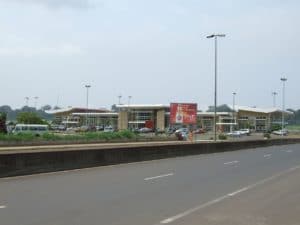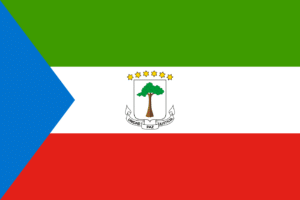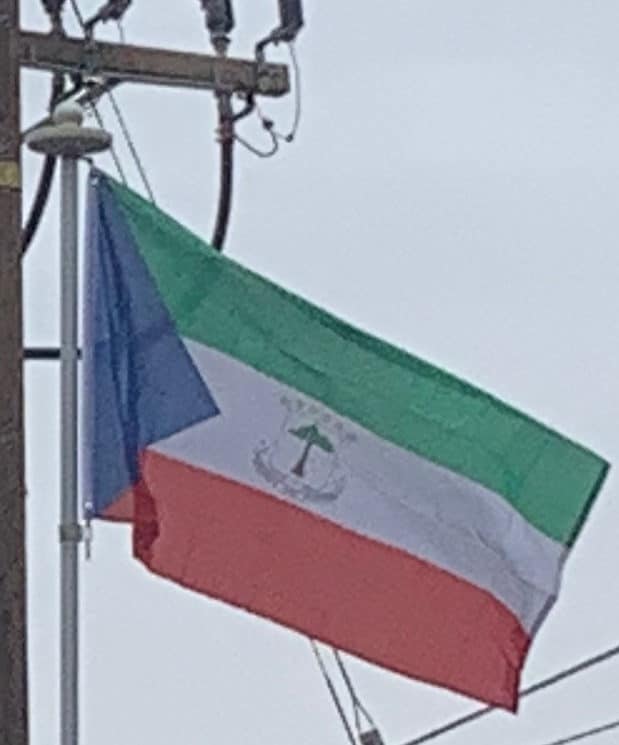According to the World Bank, Equatorial Guinea has the highest GNI (Gross National Income) per capita of any African country, 83 times larger than the GNI per capita of Burundi, the poorest country.
Yet despite its impressive GNI figure, Equatorial Guinea is plagued by extreme poverty because its Gini coefficient of 65.0 is the highest in the entire world.
Transportation:
Due to the large oil industry in the country, internationally recognized carriers fly to Malabo International Airport which, in May 2014, had several direct connections to Europe and West Africa. There are three airports in Equatorial Guinea — Malabo International Airport, Bata Airport and the new Annobon Airport on the island of Annobon. Malabo International Airport is the only international airport.

Every airline registered in Equatorial Guinea appears on the list of air carriers prohibited in the European Union (EU) which means that they are banned from operating services of any kind within the EU. However freight carriers provide service from European cities to the capital.
Flag of Equatorial Guinea:
The flag of Equatorial Guinea was adopted on August 21, 1979. The six stars on the map represent the country’s mainland and five islands. Under the rule of dictator Francisco Nguema the flag was modified and a different national emblem was used on it. After he was deposed the original flag was restored.

The flag is a horizontal tricolor, with green, white and red stripes and a blue triangle at the hoist. Green symbolizes the natural resources, agriculture and jungles of the country. Blue symbolizes the sea, which connects the main country with the islands. White symbolizes peace. Red symbolizes the blood shed by the fighters for independence.
